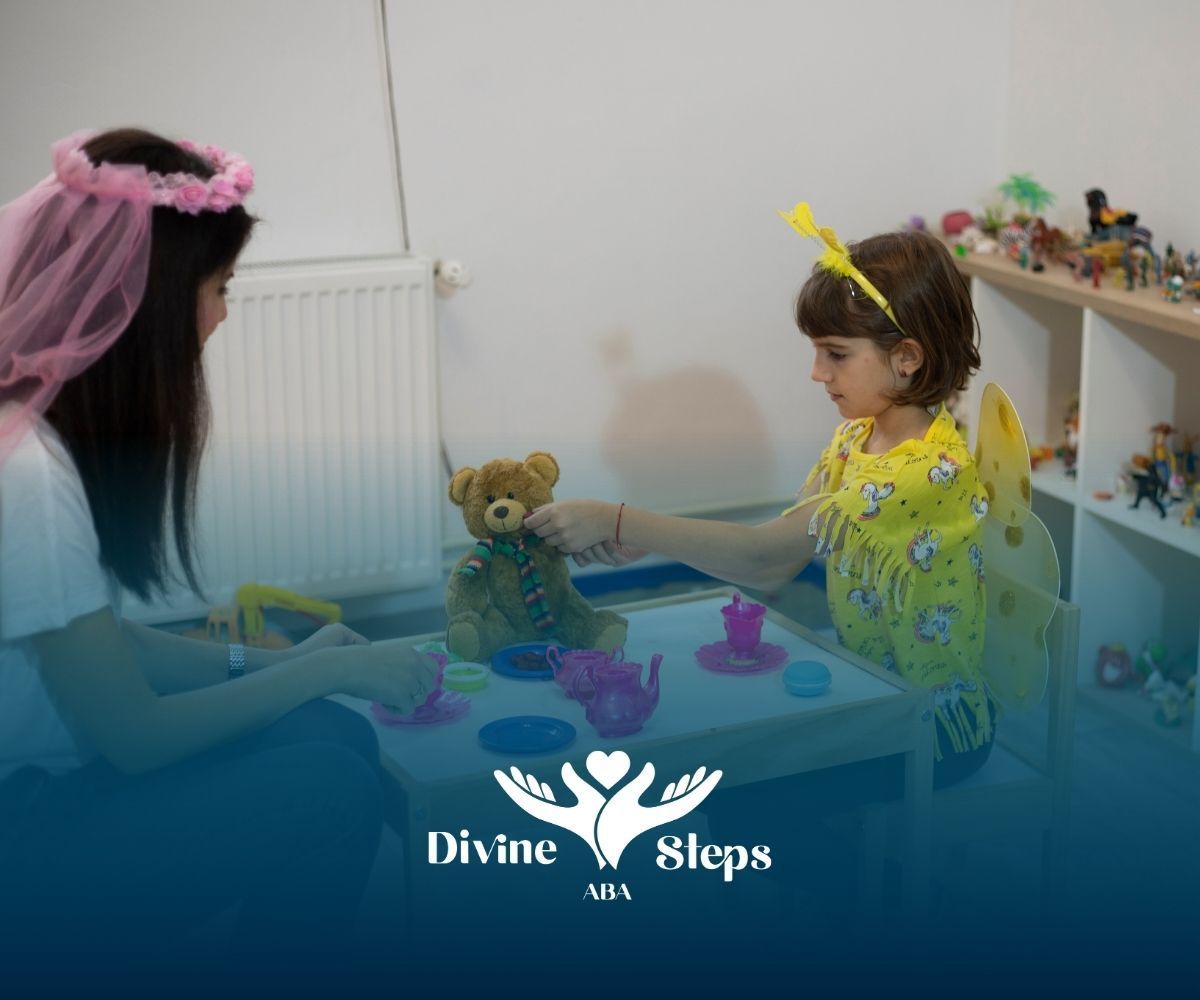Website by CWS
The Key Differences Between Autism and Sensory Processing Disorder
Autism and Sensory Processing Disorder (SPD) are two distinct conditions that often get confused due to their overlapping symptoms.
While both affect how the brain processes sensory information, they each have unique traits that set them apart. Understanding these differences can help you better support individuals facing these challenges.
Autism vs. Sensory Processing Disorder: Key Differences
Autism Spectrum Disorder (ASD) is a developmental condition that affects social interactions, communication, and behavior.
Individuals with autism may struggle with making eye contact, forming relationships, or understanding social cues. They might also have repetitive behaviors or limited interests.
Sensory Processing Disorder (SPD), on the other hand, is a condition where the brain has difficulty interpreting and responding to sensory information, such as sounds, textures, or lights.
People with SPD might be overly sensitive to sensory input (e.g., loud noises, bright lights) or under-responsive to it (e.g., not noticing a hot stove). SPD can occur in isolation or alongside other conditions like autism.
The Overlap
While sensory challenges are a core feature of both autism and SPD, not everyone with SPD has autism, and vice versa.
However, many individuals with autism also experience SPD, making it tricky to distinguish between the two. It's crucial to seek professional help for an accurate diagnosis and appropriate treatment plan.
If you’re in Maryland, Virginia, or North Carolina, Divine Steps ABA provides ABA therapy to help children navigate these challenges. Our experienced team is here to support families with tailored therapy services that promote growth and independence.
FAQs
Can someone with autism also have SPD?
Yes, many individuals with autism experience sensory processing difficulties, but not all do. SPD can also occur independently of autism.
How is SPD treated?
SPD is typically managed through sensory integration therapy, which helps individuals develop appropriate responses to sensory input.
What is ABA therapy?
Applied Behavior Analysis (ABA) therapy is a proven approach to help children with autism improve their social, communication, and behavioral skills.




